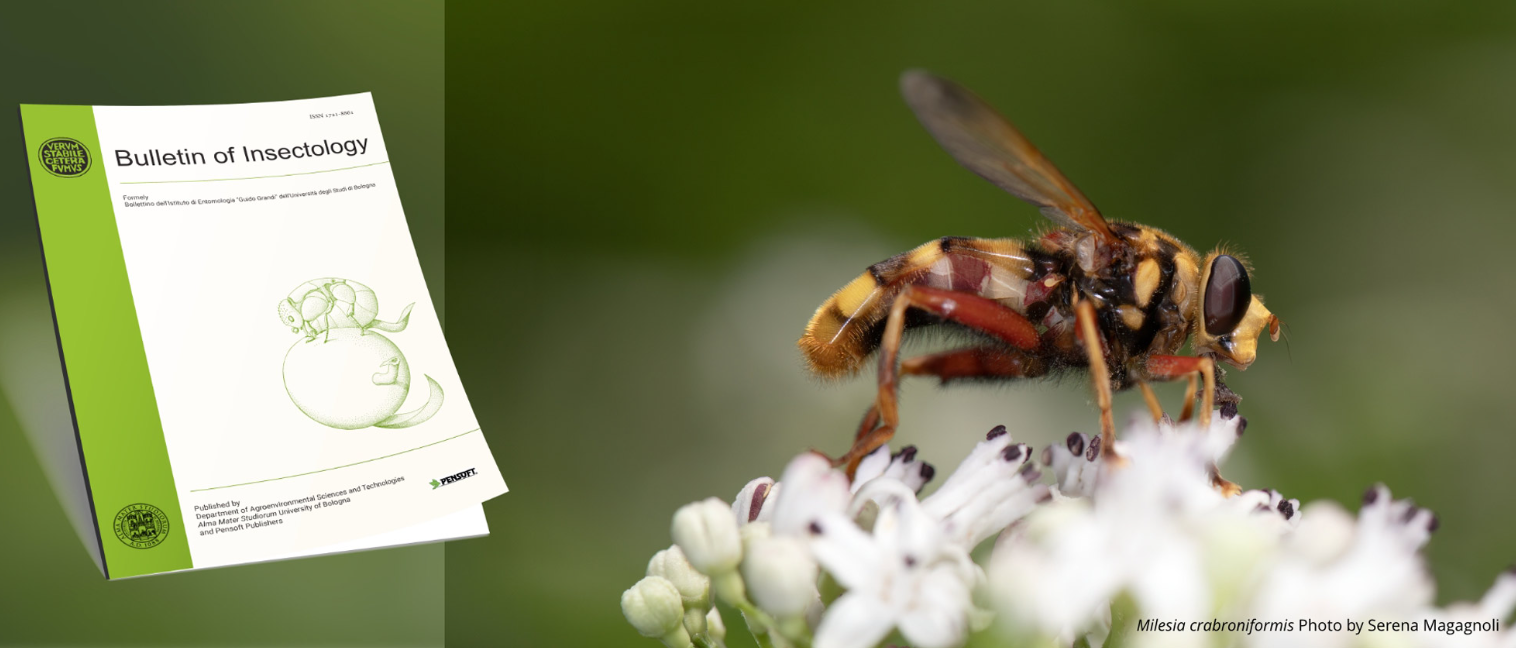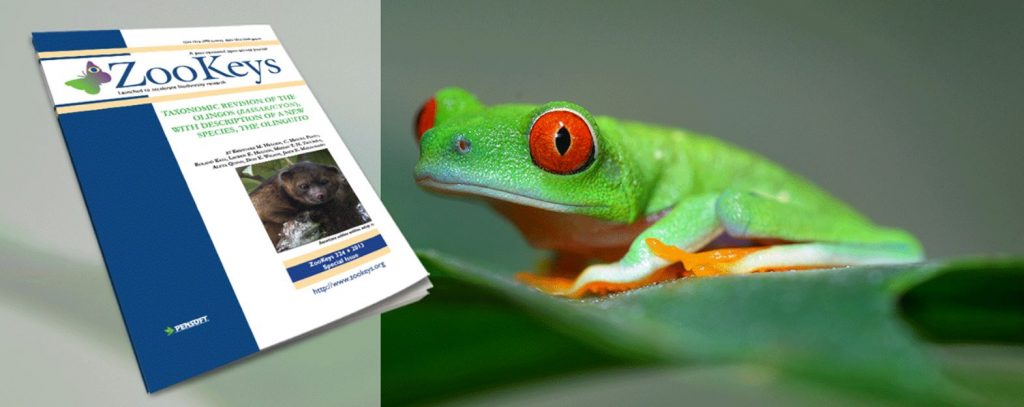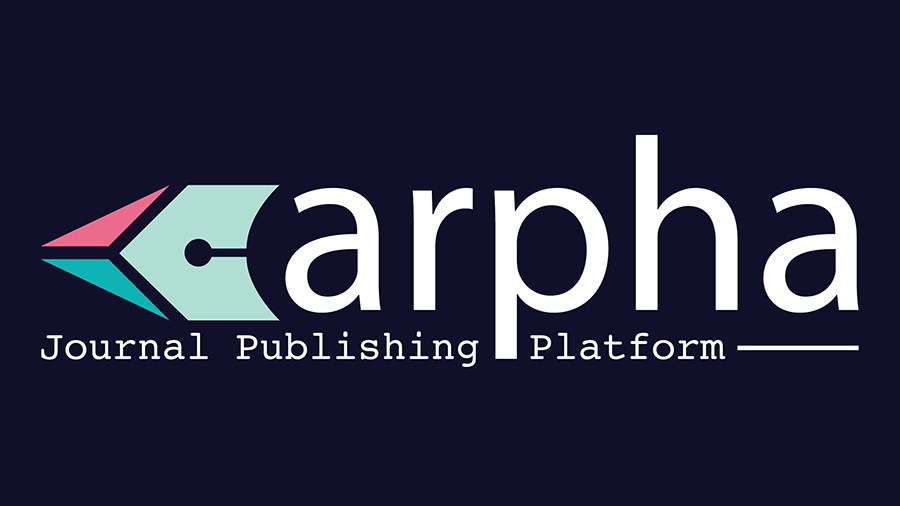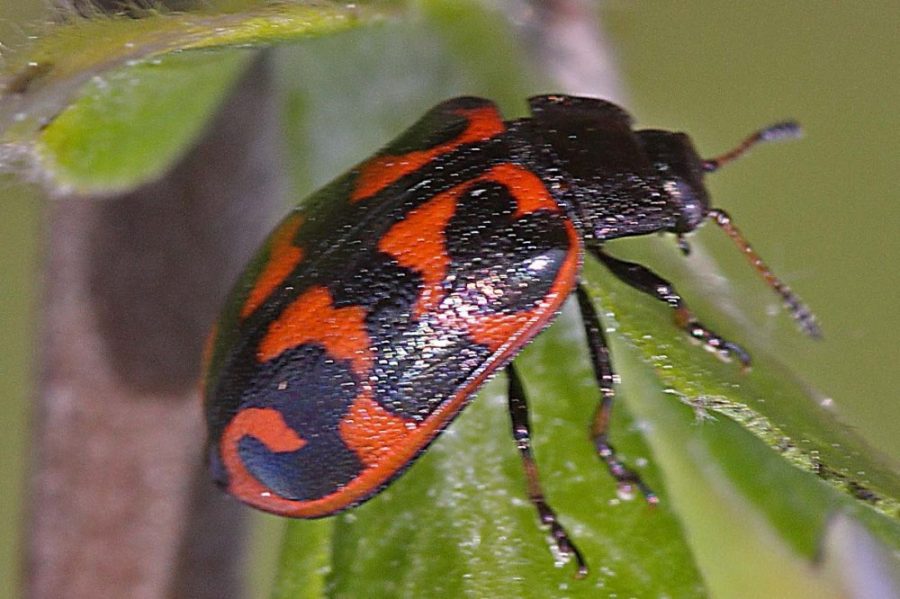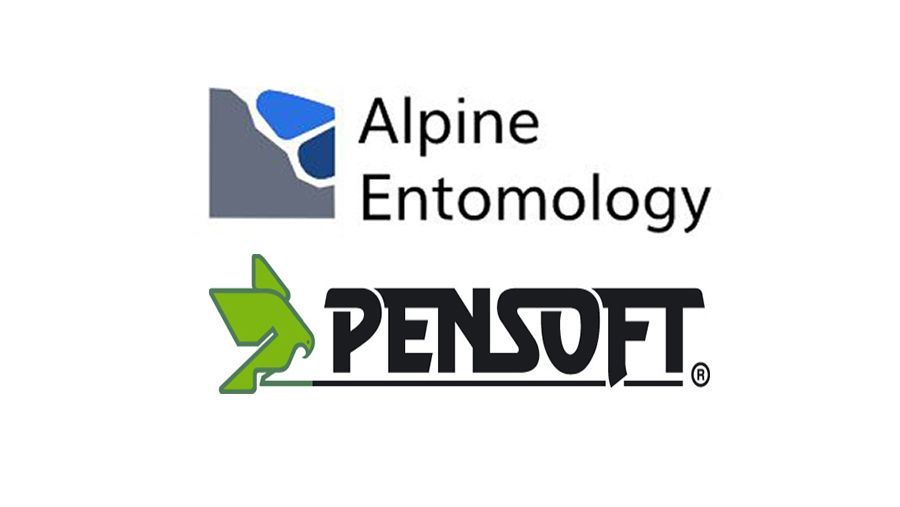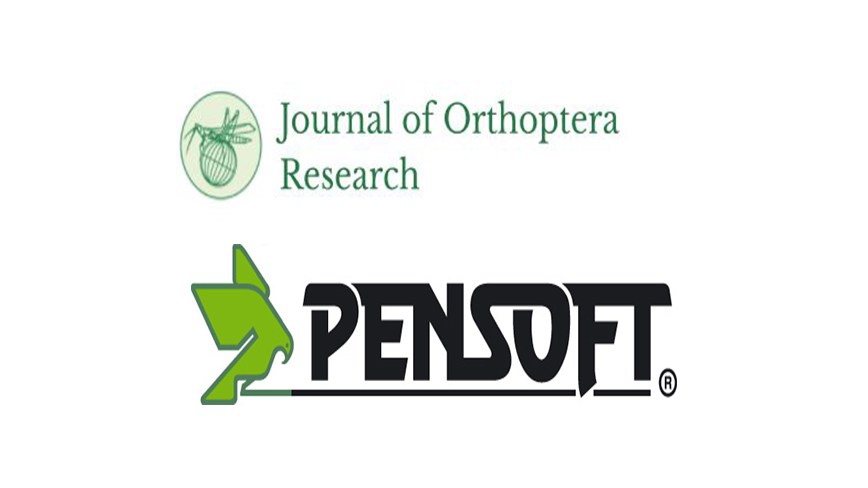Bulletin of Insectology, the entomology journal of the Alma Mater Studiorum – Università di Bologna, has published its first articles following its recent move to the ARPHA scholarly publishing platform. The newly available papers can now be accessed directly on the Bulletin of Insectology website.
With a Journal Impact Factor of 0.9 and a Scopus CiteScore of 2.2, Bulletin of Insectology is a gold open-access, peer-reviewed scientific journal publishing original research articles, reviews, and short communications in the field of entomology. It is now jointly published by the Department of Agroenvironmental Sciences and Technologies, Alma Mater Studiorum – Università di Bologna and Pensoft.
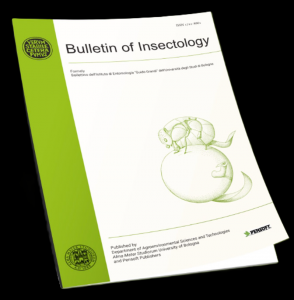
Formerly known as Bollettino dell’Istituto di Entomologia “G. Grandi”, the journal has been continuously published since 1928. Over the decades, it has developed under the supervision of eminent entomologists such as Prof. G. Grandi, Prof. M. M. Principi, and Prof. E. Mellini.
Today, the journal continues to cover a broad range of topics related to insect science, including physiology, ecology, behaviour, pest management, and the role of insects in ecosystems. A particular emphasis is placed on integrated pest management (IPM), biological control, pollinator health, the side effects of pesticides on beneficial arthropods, and environmentally sustainable approaches to insect control in agriculture.
Among the first articles to appear since the journal’s transition to ARPHA are:
- The first record from Italy of the Japanese grape leafhopper Arboridia kakogawana;
- Preliminary laboratory evaluation of Beauveria bassiana for the control of Necrobia rufipes on stored copra;
- The impact of host suitability on some biological and behavioral traits of the tachinid Compsilura concinnata.
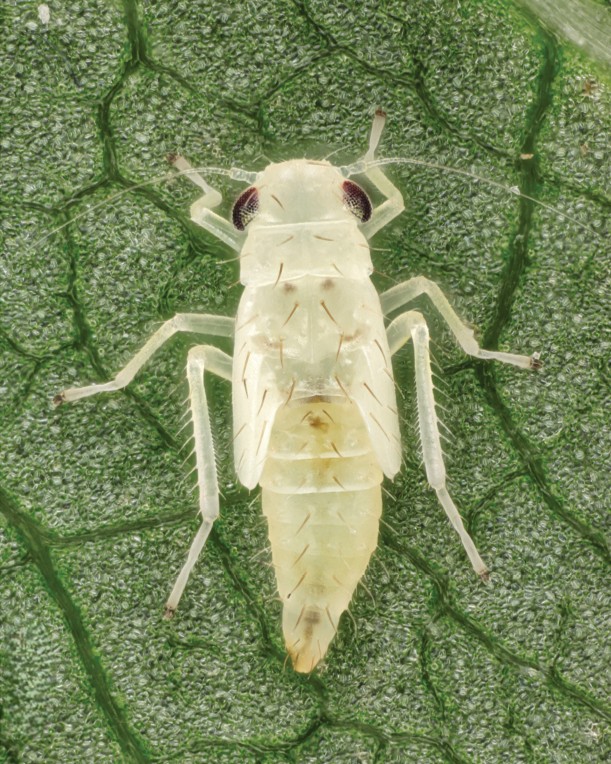
“Bulletin of Insectology is an exciting addition to ARPHA’s family of next-generation scientific journals,” said Lyubomir Penev, CEO and founder of Pensoft, the company behind the ARPHA platform. “By utilising ARPHA’s publishing solutions, the journal can disseminate important entomological research and continue to grow.”
The move to ARPHA introduces modern publishing features, such as integrated submission and peer review workflows, enhanced discoverability through multiple indexing services, and improved accessibility for authors and readers alike.
With its first ARPHA-published articles now online, Bulletin of Insectology continues its near century-long tradition of advancing research in entomology. Head to the journal website here.

